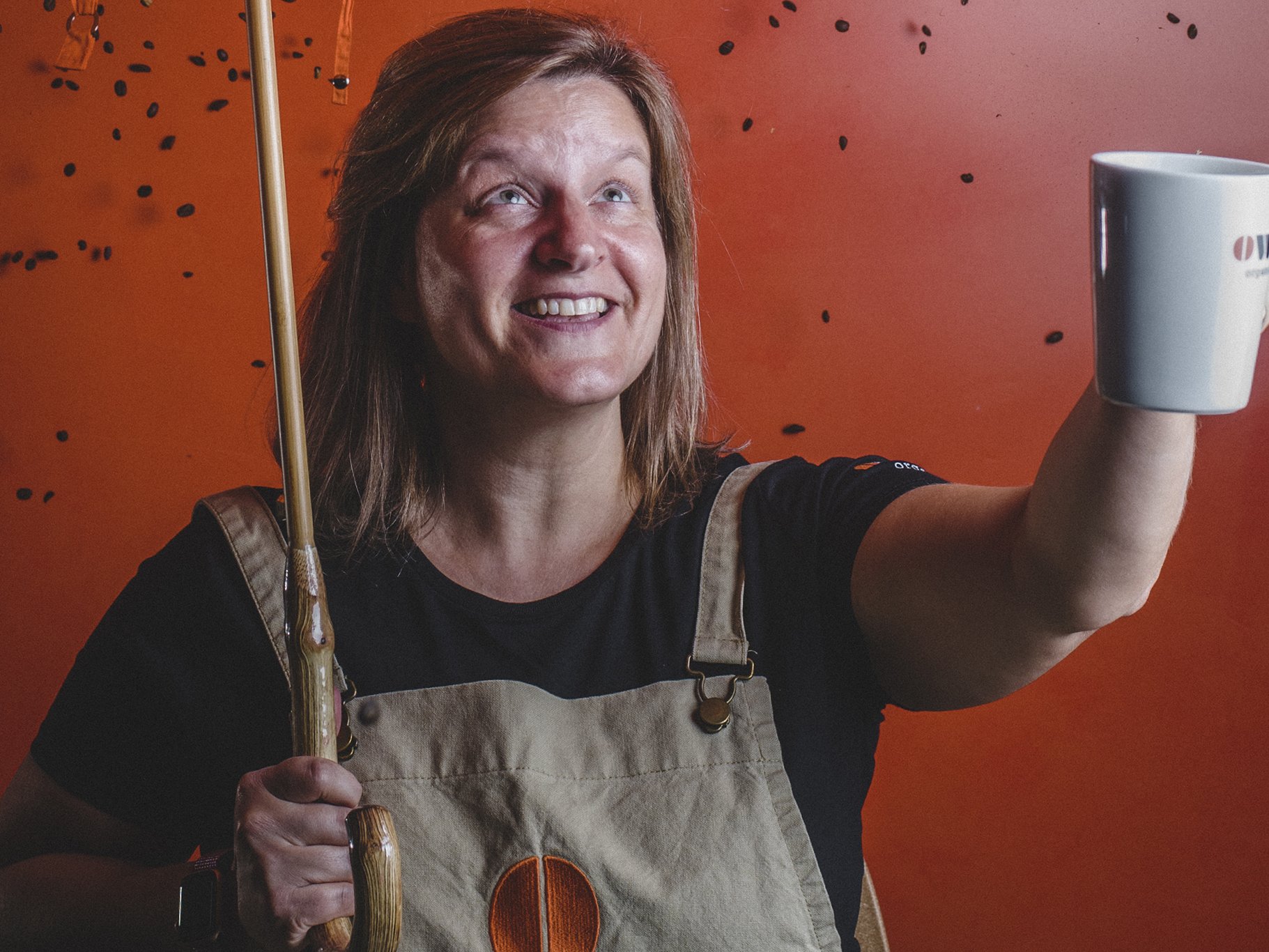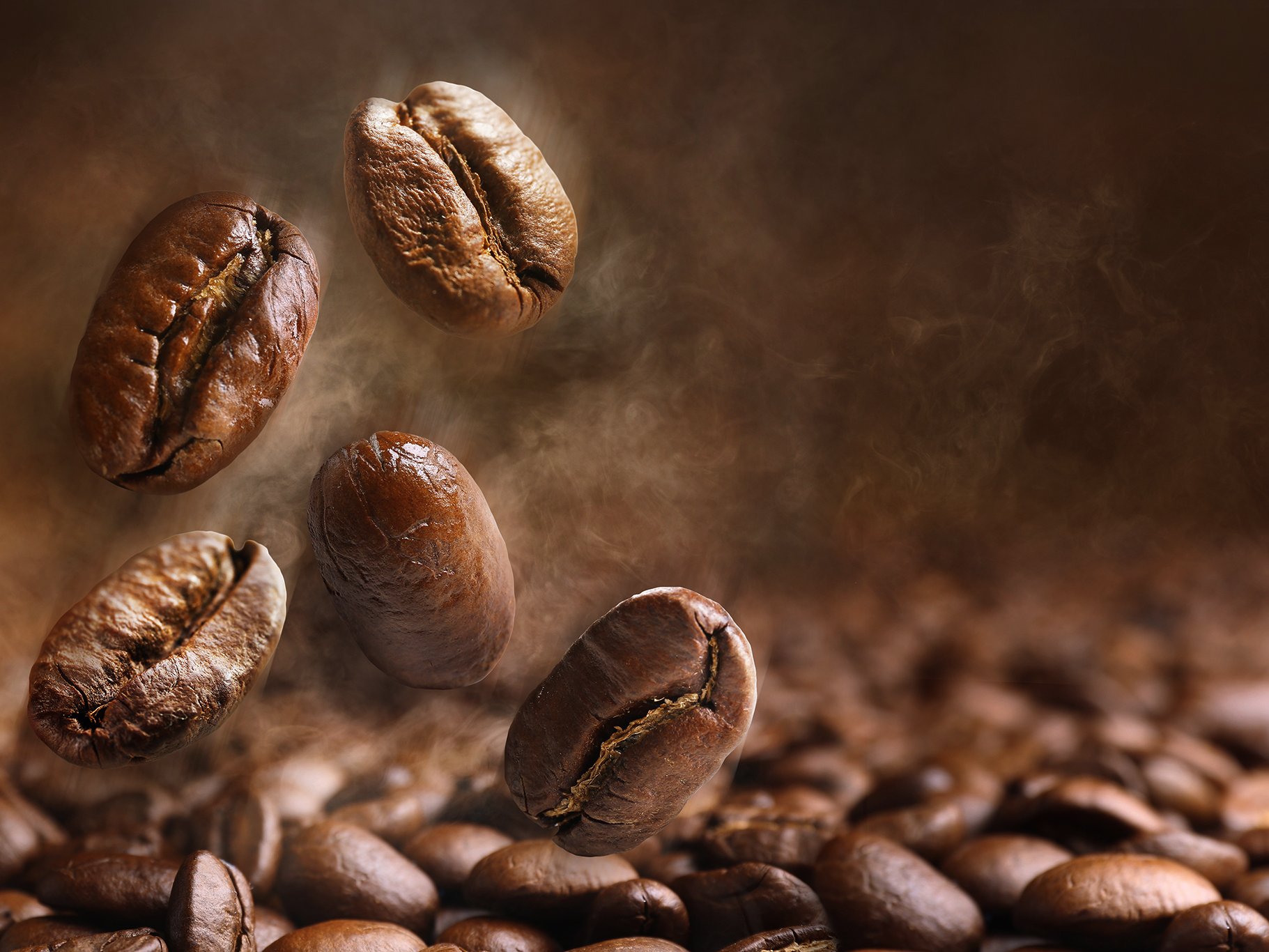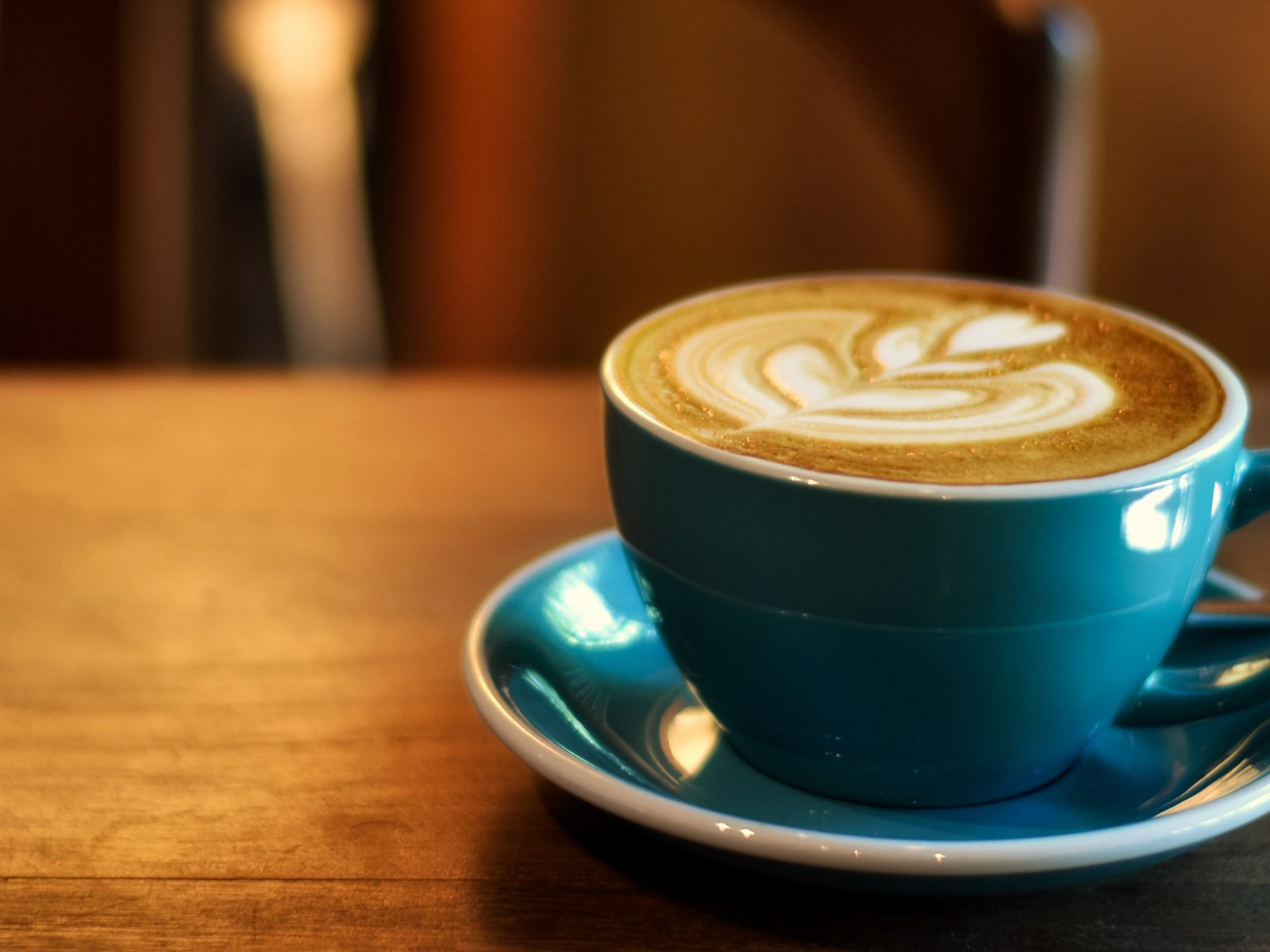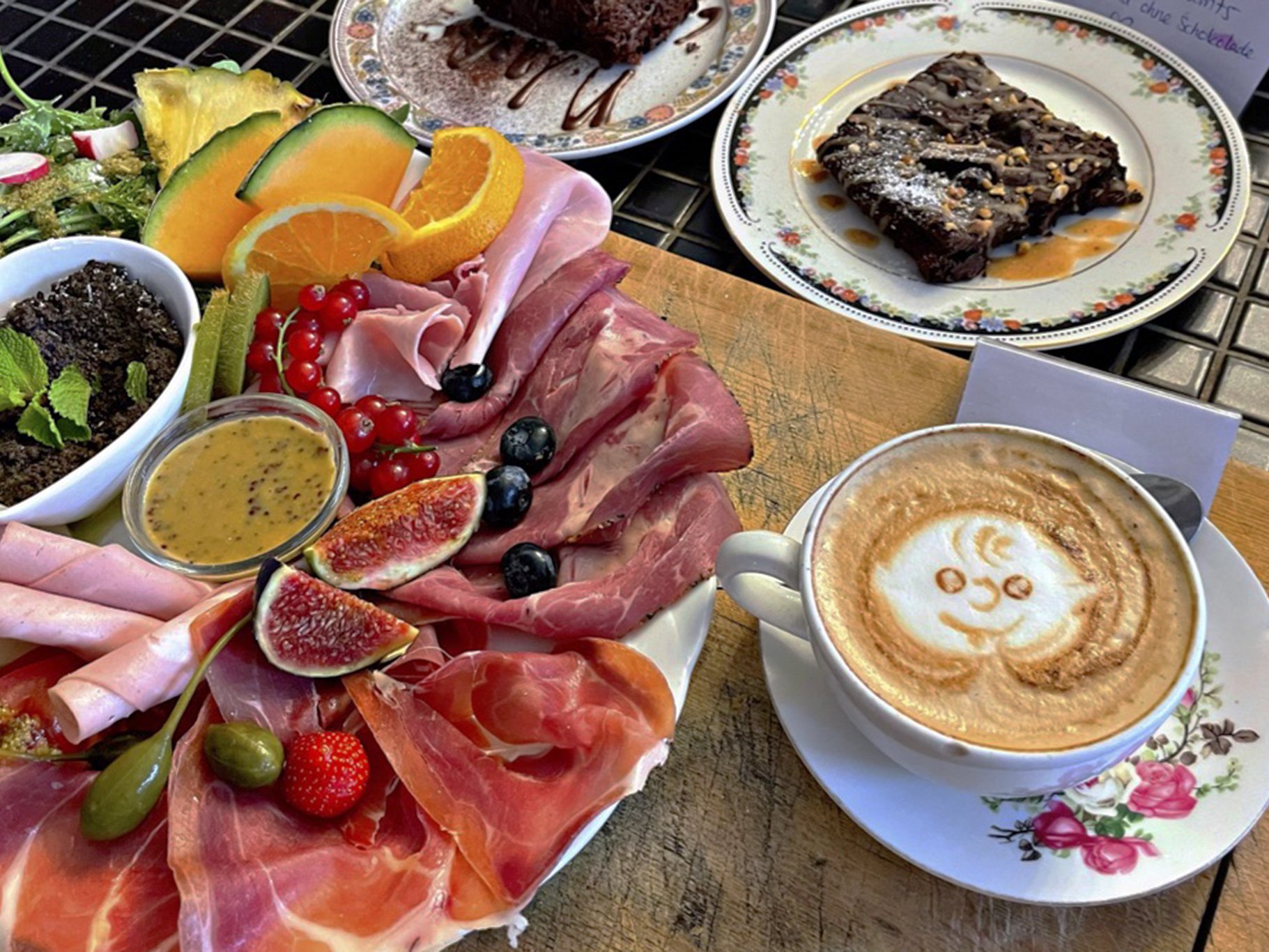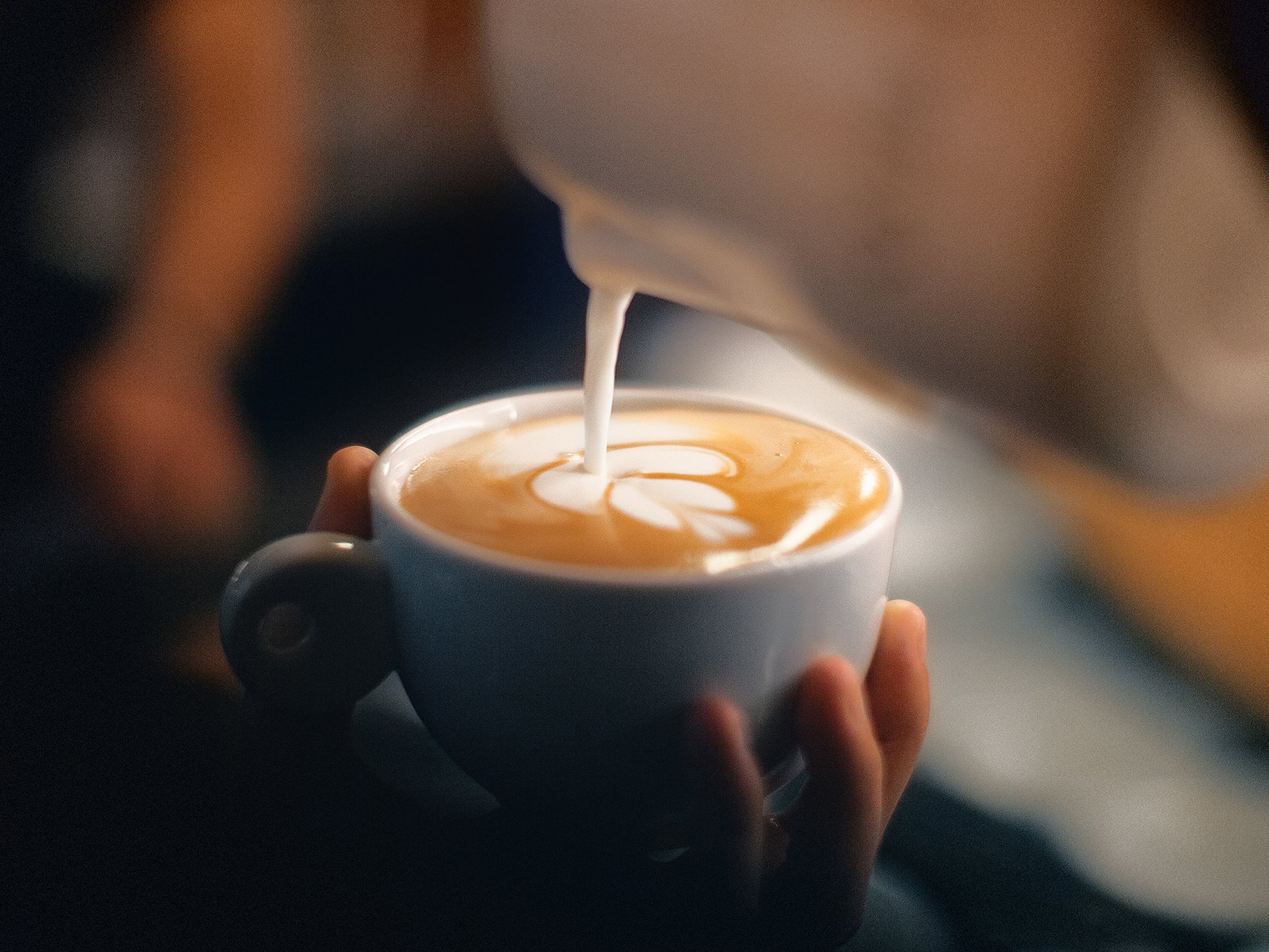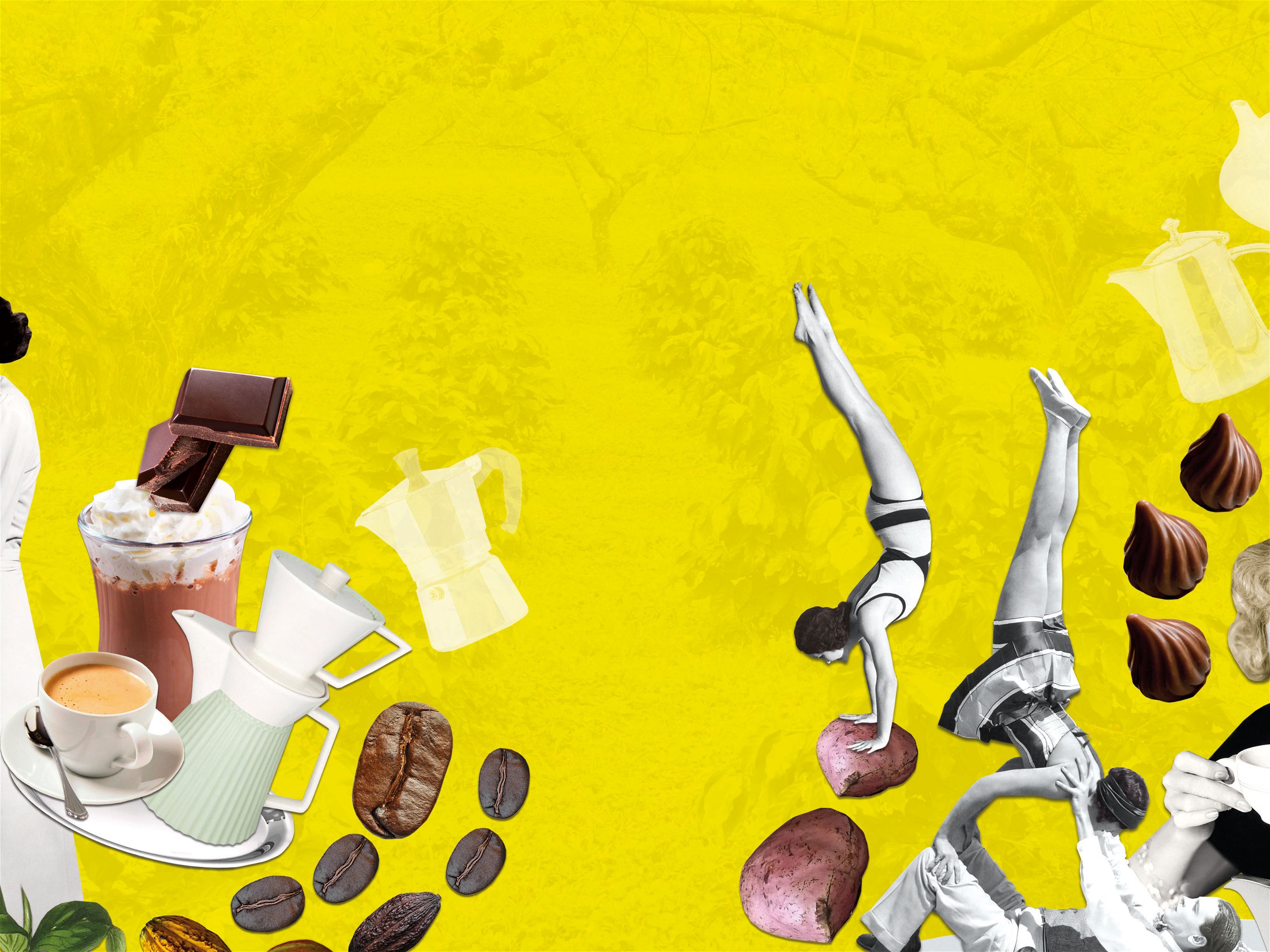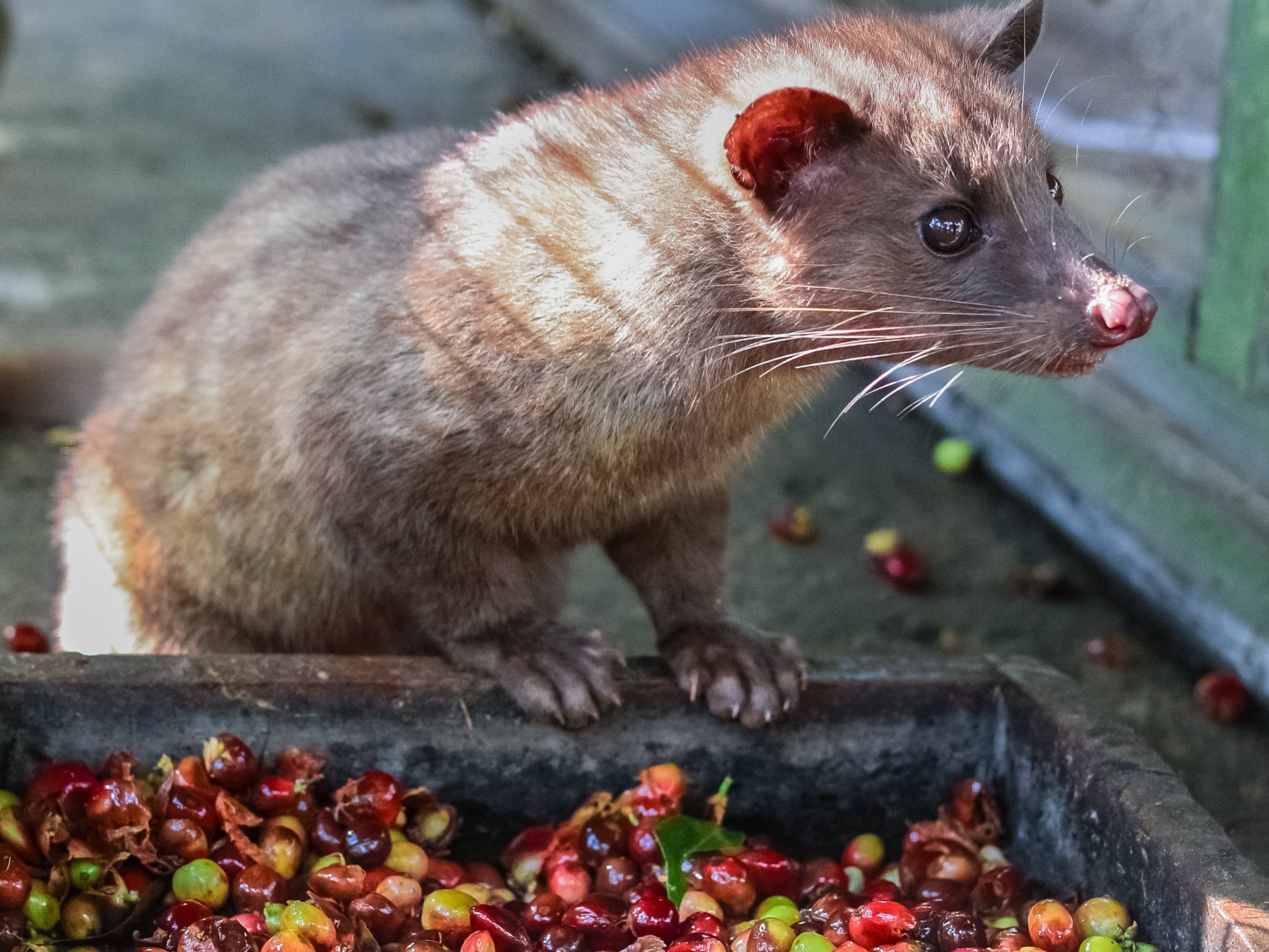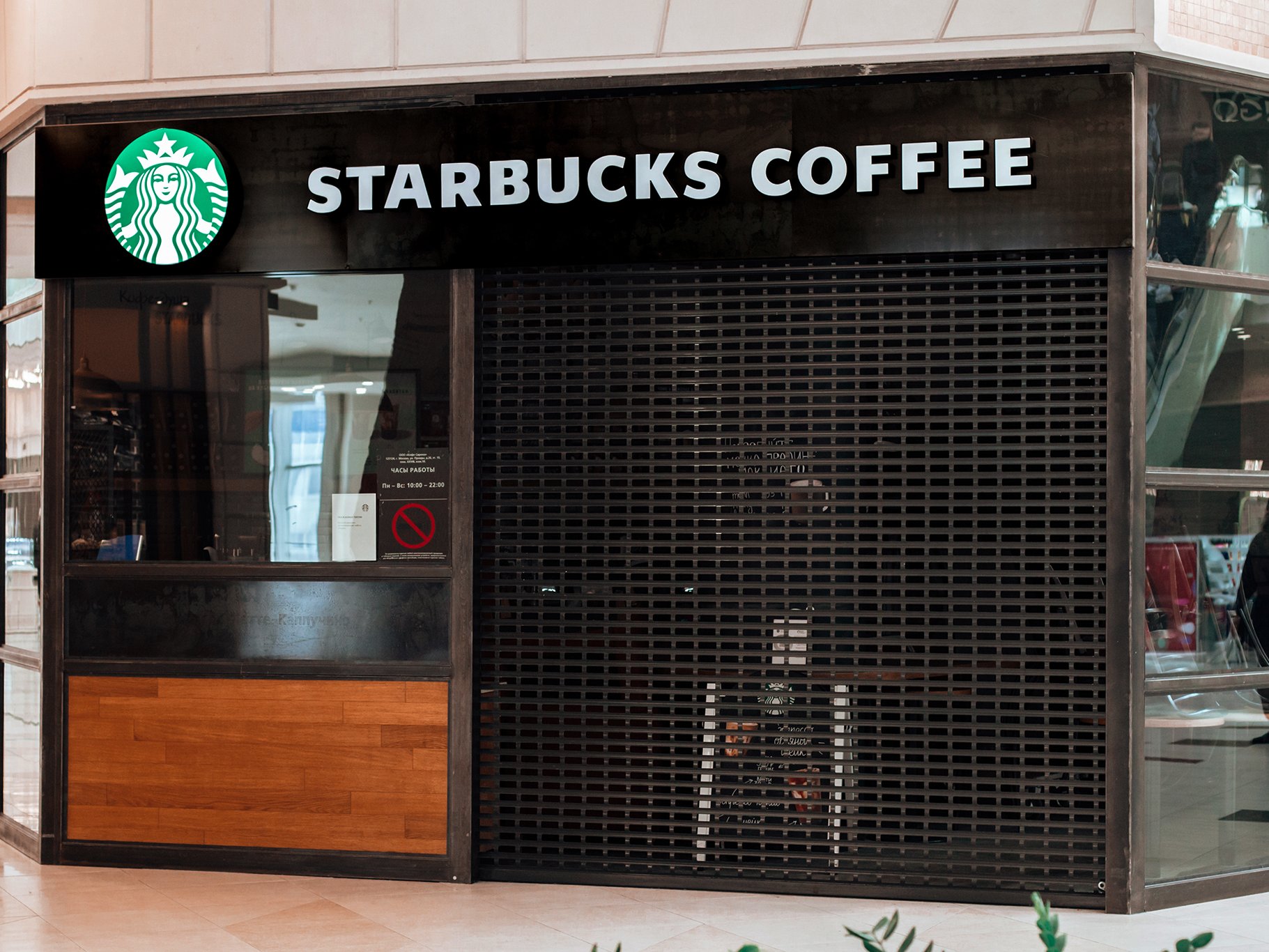The coffee that came in from the cold
Cold Brew coffee is on everyone's lips in trendsetting cities from New York to Berlin.
Cold coffee makes you beautiful! At least that's what our grandmothers used to say when the brew in the cup had slowly cooled down. And like most sayings, it has a kernel of truth. The beauty products of aristocratic ladies used to be primarily wax-based, so the layer of colour on their faces threatened to melt if powdered noses came too close to the steam of hot coffee. So it is said that the cold version prevailed – and elaborately made-up faces remained unharmed.
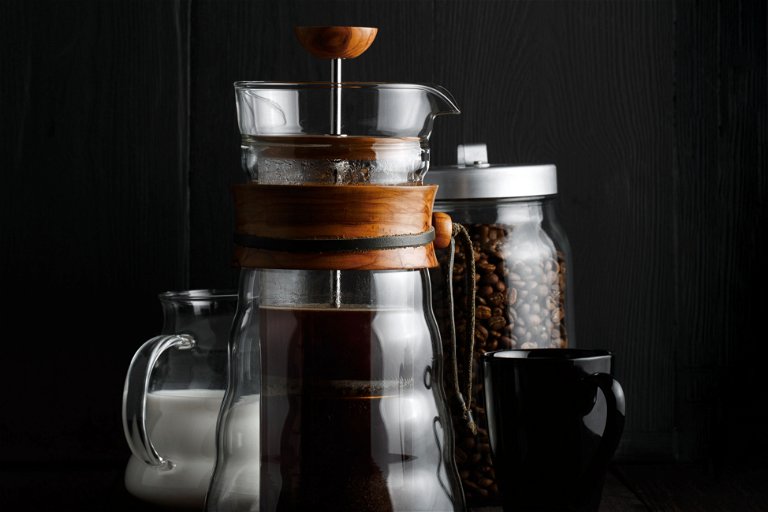
Fridge barista
A few hundred years later, the trend is now picking up again – this time not for aesthetic reasons but for culinary ones. In the cool coffee shops around the globe, Cold Brew has long since become a fixed part of the menu, and not just in summer. But it is no longer just a simple coffee that has been left out for a while.
Cold Brew, as the name suggests, is brewed cold. Ground beans are mixed well with cold water in a suitable container and then steeped in the refrigerator for between 12 and 24 hours. About 100 grams of coffee powder – a somewhat coarser grind brings a more subtle aroma – for every litre of water is considered a guideline. Before consumption, the mixture is filtered using a hand filter or French press and then drunk on ice and, depending on preference – or energy level –extended with water. The long-brewing time ensures that the flavour of the beans fully develops, and the delicate nuances from fruity to chocolate notes come to the fore. Cold Brew has also become popular among espresso fans who are prone to stomach upsets because the gentler preparation with cold water means fewer acids and oils are released from the beans, making them more digestible.
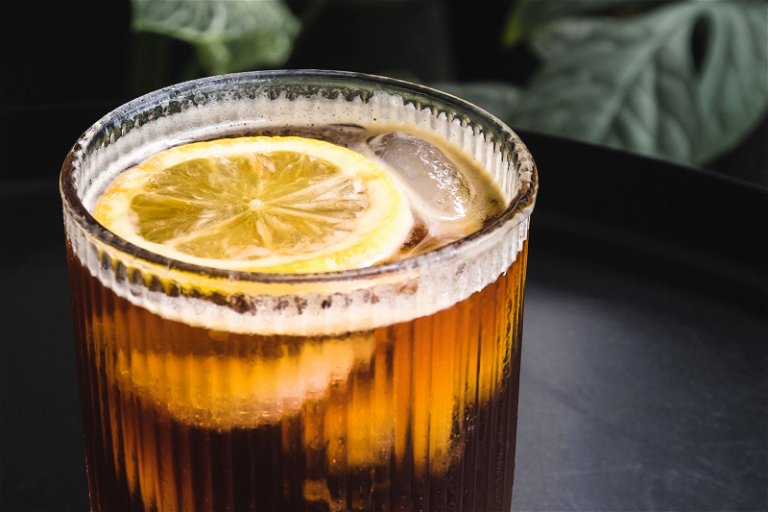
Constant drip…
However, Cold Brew is not the last word in cool coffee preparation. Aficionados swear by the next step up: Cold Drip Coffee. In this process, cold water is dripped onto coffee grounds over several hours, and this cold extract is then filtered. The most practical way to do this is to use an appropriate machine and there is now a wide range on the market. In principle, however, any do-it-yourself variant that slowly drips cold water onto coffee and filters the cold extract at the end also works.
The fact that cold drip is not just a hipster quirk, but is well worth a try, is proven by its acceptance outside the coffee disciple crowd. Because this preparation distinctly delineates the coffee aromas, Cold Drip Coffee is an excellent ingredient in the kitchen. In Vienna, up-and-coming chef Julian Kunz presented a Cold Drip Coffee Jelly last year. Behind the bar, Cold Brew has also taken root, for example, with Coffee Tonic (tonic mixed with Cold Brew in a ratio of 4:1).
In Australia, the epicentre of Cold Brew culture, the spirits brand Feminaè launched bottled Espresso Martini made from Cold Drip Coffee with a shot of chocolate. But Cold Brew also presents familiar coffee creations in a new light: once you've made regular iced coffee with Cold Brew, you won't want anything else. As is true for all coffee specialities, however, not every bean is suitable for every drink. In the case of cold drip and cold brew, it is best to choose those with a light, milder roast profile; many suppliers now also have their own cold coffee range.


